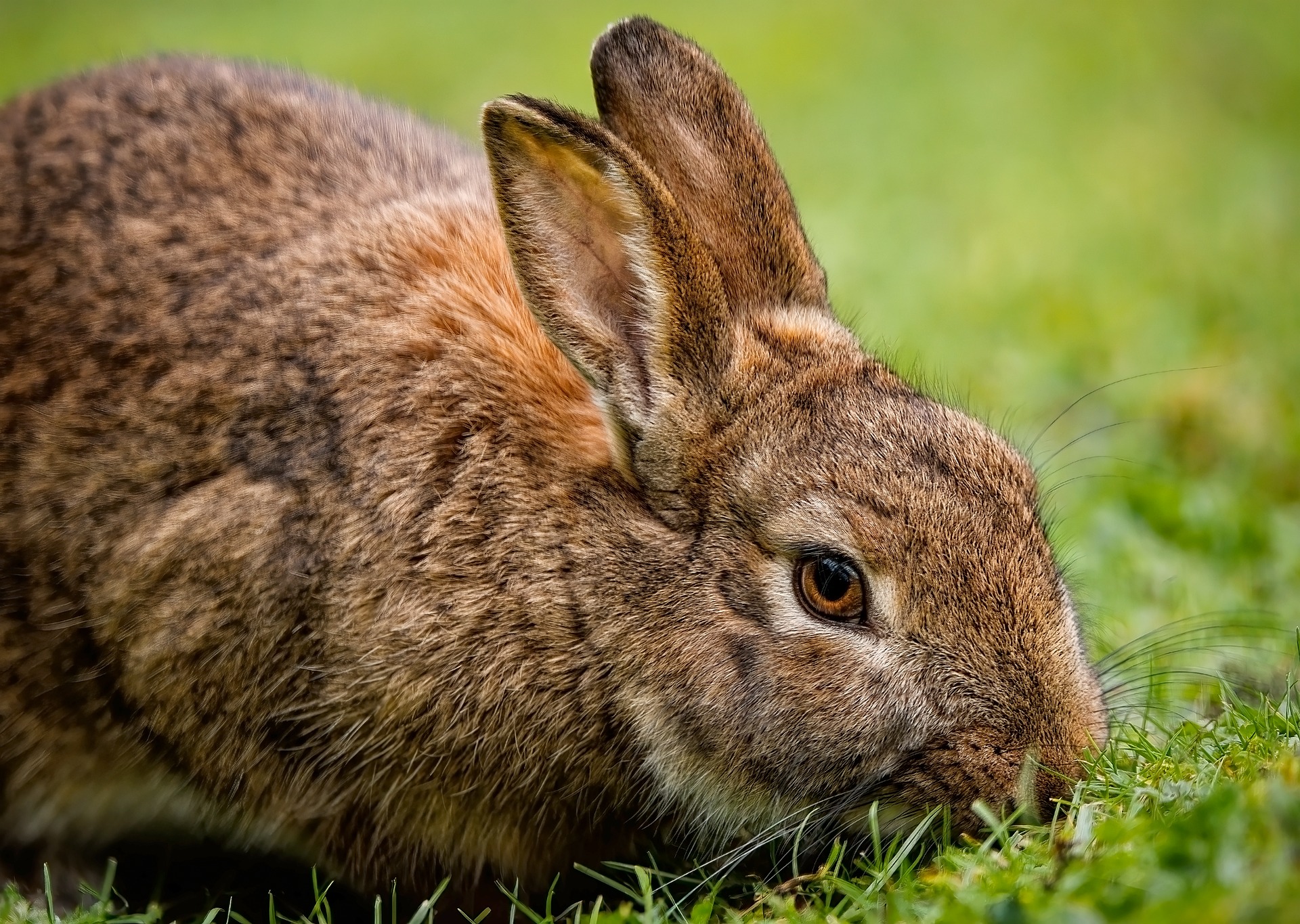The Fascinating World of Animal-Assisted Therapy
Animal-assisted therapy (AAT) has gained significant attention in recent years for its remarkable impact on human well-being. This unique form of therapy utilizes animals to improve physical, emotional, and social outcomes for individuals facing various challenges. From reducing stress and anxiety to boosting mood and confidence, the benefits of AAT are truly profound.
Historical Roots of Animal-Assisted Therapy
The roots of AAT can be traced back to ancient civilizations, where animals were revered for their healing powers. However, it wasn’t until the 20th century that structured AAT programs began to emerge. Today, AAT is widely recognized as a valuable complement to traditional therapy, with a growing body of research supporting its effectiveness.
The Science Behind Animal-Assisted Therapy
Numerous studies have demonstrated the physiological and psychological benefits of interacting with animals. From lowered heart rates and blood pressure to increased levels of oxytocin (the “love hormone”), the positive effects of AAT are both immediate and long-lasting. Animals have a unique ability to connect with humans on a deep emotional level, making them powerful partners in the healing process.
The Rise of Animal-Assisted Interventions
In recent years, AAT has expanded beyond traditional therapy settings to include a wide range of interventions. From schools and hospitals to nursing homes and rehabilitation centers, animals are being incorporated into various therapeutic programs with remarkable results. The presence of animals has been shown to enhance communication, improve social skills, and foster a sense of connection and belonging.
The Cost and Accessibility of Animal-Assisted Therapy
The cost of AAT can vary depending on the type of therapy and the organization providing the service. While some programs may be covered by insurance or offered at a reduced cost, others may require out-of-pocket expenses. Despite the potential financial barriers, the growing popularity of AAT has led to increased accessibility, with more organizations and facilities offering these life-changing interventions.
The Future of Animal-Assisted Therapy
As the demand for alternative and holistic therapies continues to rise, the future of AAT looks promising. With ongoing research and development, new applications of AAT are constantly being explored, expanding the possibilities for how animals can contribute to human health and well-being. From mental health disorders to physical disabilities, the potential for AAT to make a positive impact on diverse populations is truly limitless.
In conclusion, animal-assisted therapy represents a unique and powerful approach to healing that harnesses the innate connection between humans and animals. With its proven benefits and growing popularity, AAT is poised to play an increasingly vital role in the field of healthcare and wellness. By embracing the healing power of animals, we can unlock new opportunities for growth, healing, and transformation in the lives of individuals around the world.





